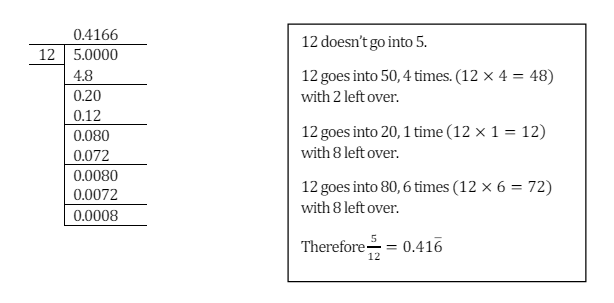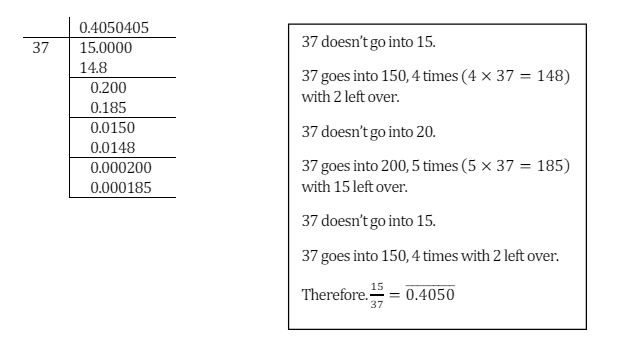I use synthetic division to factorise polynomials with a degree greater than 2. For example, 
It works best with monic polynomials but can be adapted to non-monic ones (see example below).
The only problem is that you need to find a root to start.
Try the factors of  i.e.
i.e. 

Hence,  is a root and
is a root and  is a factor of the polynomial.
is a factor of the polynomial.
Set up as follows
Bring the first number down
Multiply by the root and place under the second co-efficient
Add down
Repeat the process
The numbers at the bottom  are the coefficients of the polynomial factor.
are the coefficients of the polynomial factor.
We now know  .
.
We can factorise the quadratic in the usual way.

Hence  .
.
Let’s try a non-monic example
Factorise 
I know  is a root. Otherwise I would try the factors of 30.
is a root. Otherwise I would try the factors of 30.
Use synthetic division
Because this was non-monic we need to divide our new co-efficients  by 6 (the co-efficient of the
by 6 (the co-efficient of the  term)
term)

We now need to go again. I know that  is a root and
is a root and  is a factor.
is a factor.
Our quadratic factor is  , which is
, which is  .
.
The quadratic factor doesn’t have integer factors so,

I think this is much quicker than polynomial long division.
![]()
![]() and
and ![]()
![]() into completed square form.
into completed square form.![]() term?
term?![]()
![]() , we want
, we want ![]() , so subtract
, so subtract ![]()
![]()
![]()
![]()
![]()
![]()
![]()
![]()
![]()
![]()
![]()
![]()
![]()
![]()













